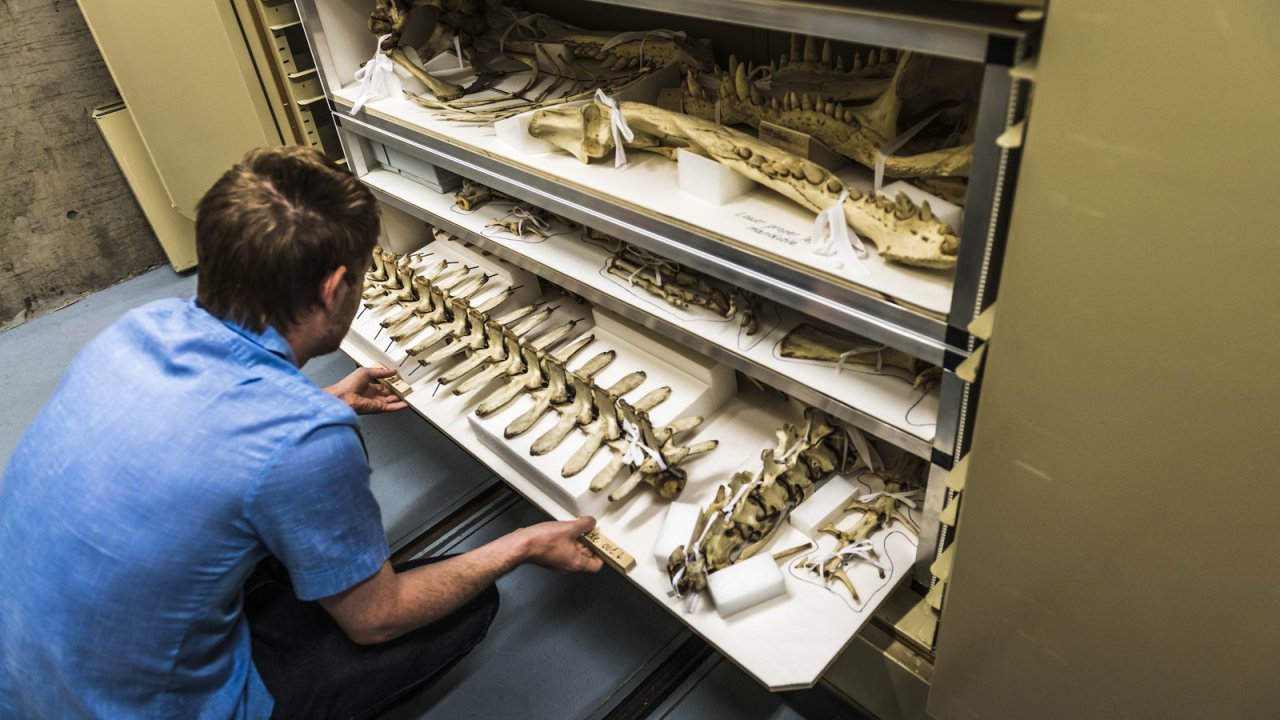
I hope you will join me later this month for a webinar exploring how museums can build income streams around their collections and win hearts and minds in the process.
While the session is formally pitched at natural history research collections, I think you will find that the content is applicable to museums of all types.
Here’s the invitation:
Wednesday, January 22, 2020
2-3 pm Eastern Time (US and Canada)
Register in advance for this meeting:
https://aam-us.zoom.us/meeting/register/tJEtc-2qrz4qrH-8mzl-gTaj3QF2FFoG5g
(After registering, you will receive a confirmation email containing information about joining the meeting.)
I’ll be sharing some of what I learned during the National Science Foundation-funded “futureproofing” project that kicked off with a two-day workshop hosted by the Yale Peabody Museum in 2016, updated with feedback from instructors and participants in the following years.
This project is part of the Alliance’s work on museum financial sustainability, one of three focus areas in our strategic plan. Hence the recent posts on the CFM Blog on for-profit museums, and businesses that are kind of like museums, and museums making money in interesting, mission-based ways. All of these posts are part of a larger exploration of how to be a profitable nonprofit in today’s economy. (And yes, museums SHOULD be profitable, so that they can pay their staff decent wages and do more and better work for the public.)
NSF’s support of “Futureproofing” was a critical part of this work. It is even more difficult to find new support systems for natural history collections than it is to find new economic models for other kinds of museums and other areas of operations. Research collections are a hard sell. Most people don’t even know museums have them, and even fewer could name any tangible benefit they derive from shelves of fluid collections, frozen tissue samples, or a few hundred Cornell drawers filled with ticks. When pressed to make a case for how these collections benefit the public, our field generally trots out the same worn examples: identifying which bird hit an airplane, tracking vectors of disease, and (more generally) documenting biodiversity. Not that these are bad things, but so far, they haven’t been enough to make the case that either the government or individual citizens should pay for these benefits.
In the webinar, I’ll profile some projects that have created steady income streams, as well as short-term projects that nurture long-term relationships and cultivate fans for museums and their research collections. In addition, I’ll share ways that museums can foster innovation and support staff in the process of generating and testing entrepreneurial ideas.
This webinar is made possible with the support of the National Science Foundation (Award 1622772). The content was developed in collaboration with the Ecological Society of America, the Yale Peabody Museum of Natural History, and the American Alliance of Museums.









Elizabeth. I have a conflict with the 22nd webinar. Will it be available after the fact so I could watch it at a later time? I am very interested in this topic. Thank you. Janeen Trevillyan, Sedona Heritage Museum
Hi Janeen,
The event will be recorded and shared via links on the Alliance and ESA website.
Where can we find the link to the recording?
Hello Teresa,
We are having the recording transcribed at the moment but it should be available soon.